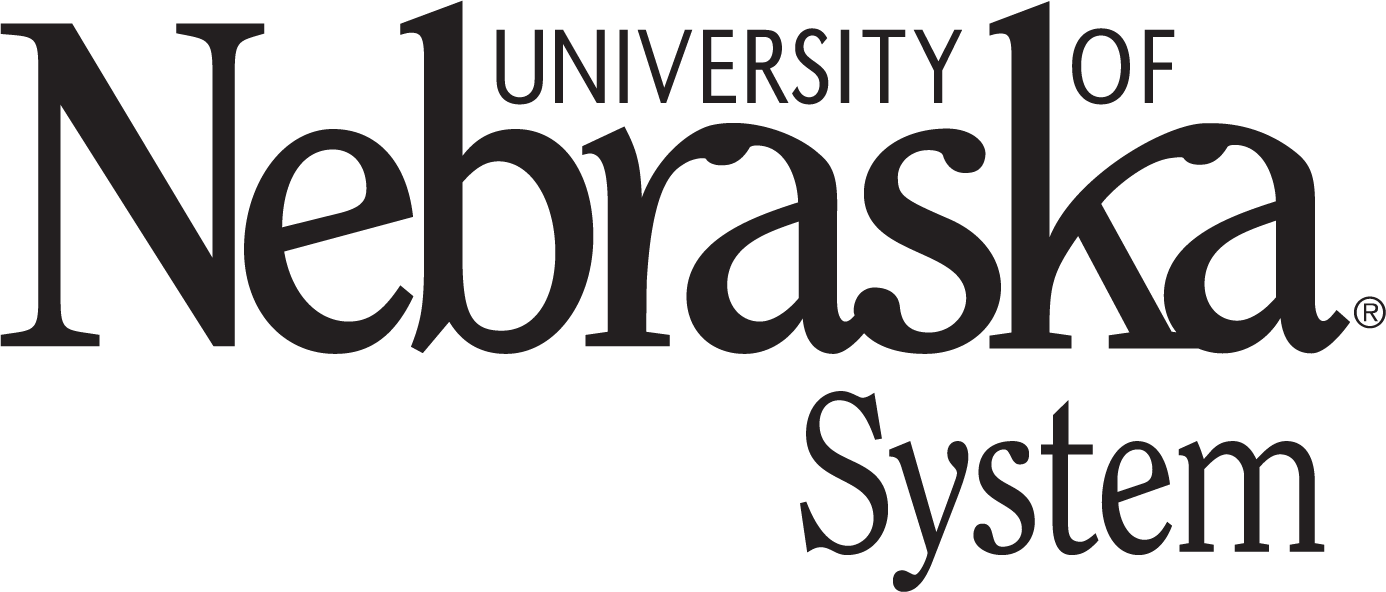1 What is Amyotrophic Lateral Sclerosis?
What is ALS?
Amyotrophic lateral sclerosis (ALS) is a progressive and fatal neurodegenerative disease that affects nerve cells in the brain and spinal cord. As motor neurons degenerate, the brain loses its ability to control voluntary movement, leading to muscle weakness, loss of independence, and increased care partner burden (Majmudar et al., 2014).
Impact on Function and Mobility
- Loss of movement control: Musculoskeletal impairments lead to disability and decreased independence.
- Decline in function: Reduced physical activity can cause deconditioning, joint contractures, weakness, and spasticity, resulting in pain and difficulty performing daily activities (Beissner et al., 2000; Clawson et al., 2018; Drory et al., 2001).
Role of Stretching and ROM in ALS Care
Research highlights the benefits of regular stretching and range of motion (ROM) exercises for ALS patients:
- Rehabilitation benefits: Therapy can help individuals maintain function, manage symptoms, and optimize their quality of life (Majmudar et al., 2014).
- Prevents joint stiffness, contractures, and loss of ROM (Majmudar et al., 2014).
- Reduces spasticity: A study found that repetitive ROM exercises decreased spasticity, improving function and comfort. In contrast, the control group showed increased spasticity (Drory et al., 2001).
- Supports independence in daily activities: Limited ROM contributes to ADL difficulties, but supervised exercise programs can improve joint mobility and reduce musculoskeletal complications (Beissner et al., 2000; Aksu, 2002).
- Enhances stretching outcomes: 1:1 therapist-client programs focusing on proper positioning, mechanics, and 60-second stretch durations have demonstrated positive results (Aptiv, n.d.; Zakas et al., 2005).
The Importance of Early Intervention
Complications such as loss of ROM, contractures, and shoulder subluxation are common in ALS and significantly impact quality of life. However, these issues may be preventable with an early and consistent stretching and ROM program (Majmudar et al., 2014).
We are hopeful that individuals with ALS and their care partners find the information contained in this book useful throughout disease progression.
Disclaimer: The information provided in this book is based on ALS-specific research; however, it may also be beneficial for individuals with other progressive motor neuron diseases, including but not limited to amyotrophic lateral sclerosis (ALS), primary lateral sclerosis (PLS), progressive muscle atrophy (PMA), and progressive bulbar palsy (PBP).
